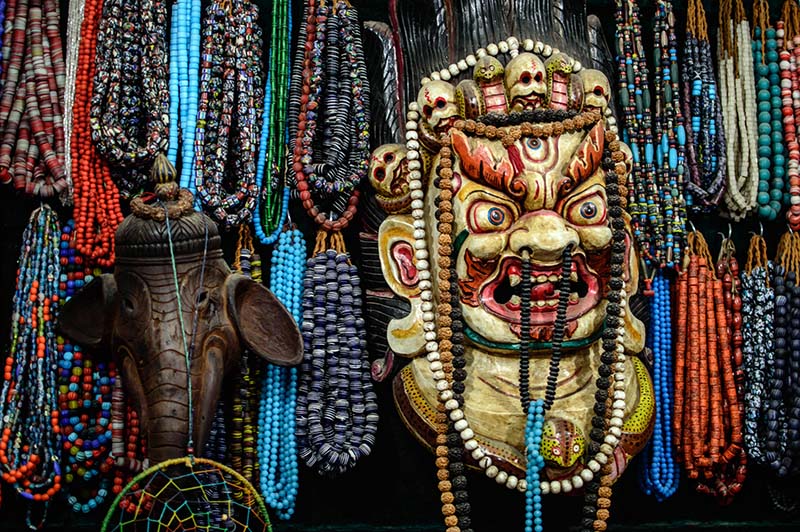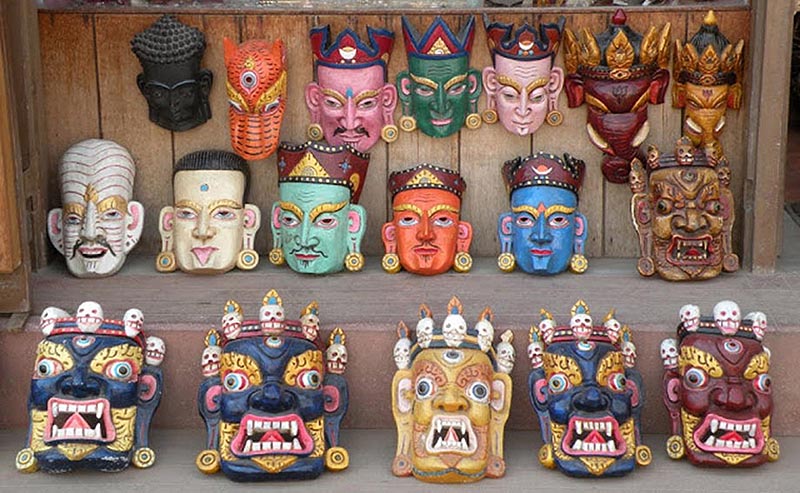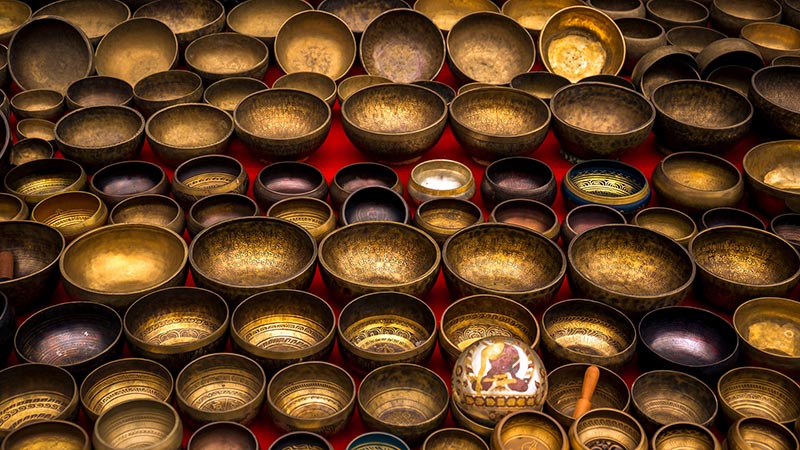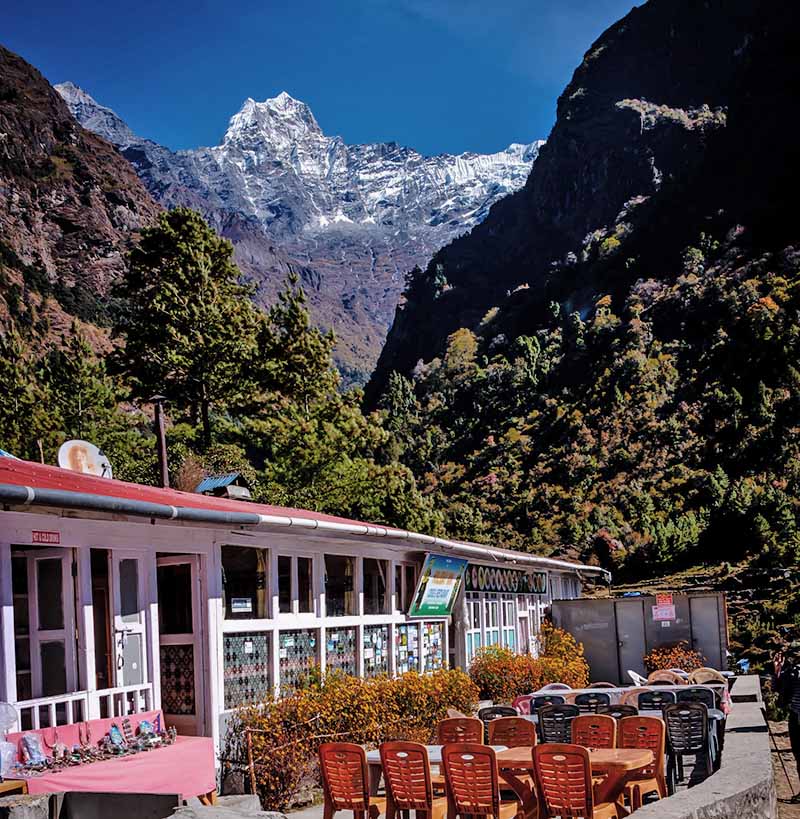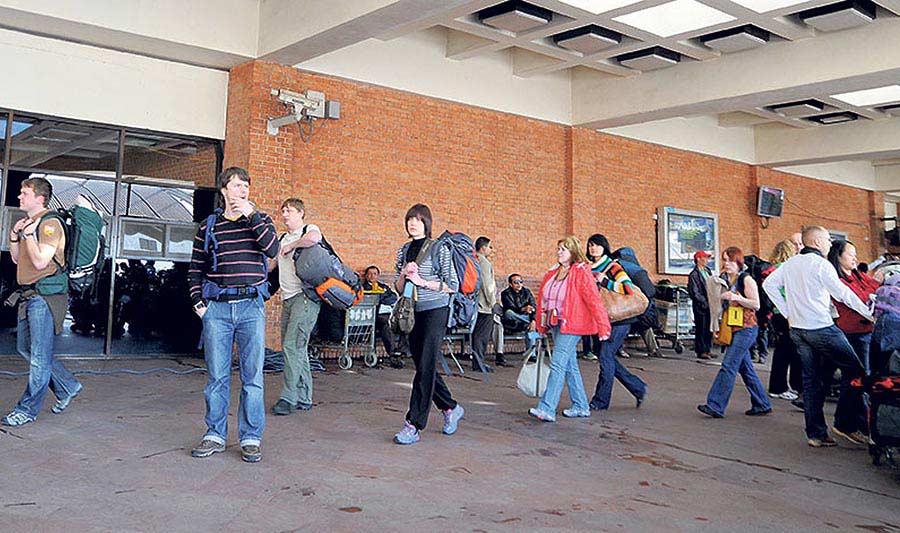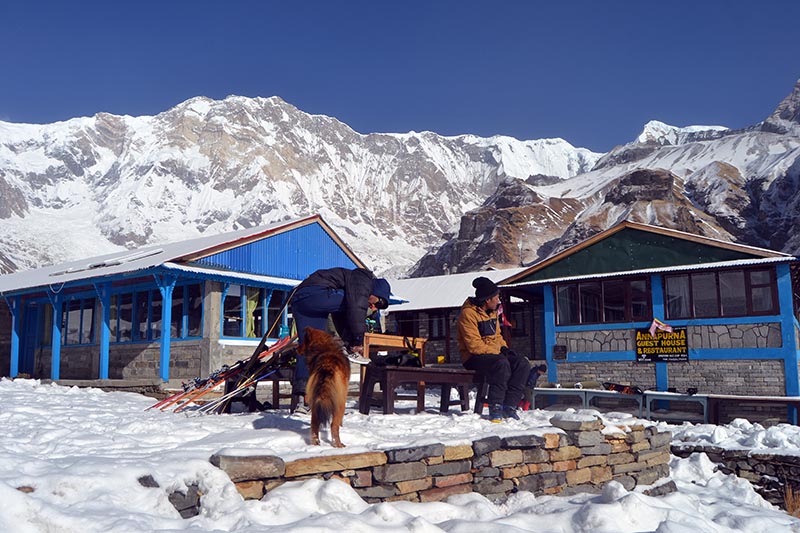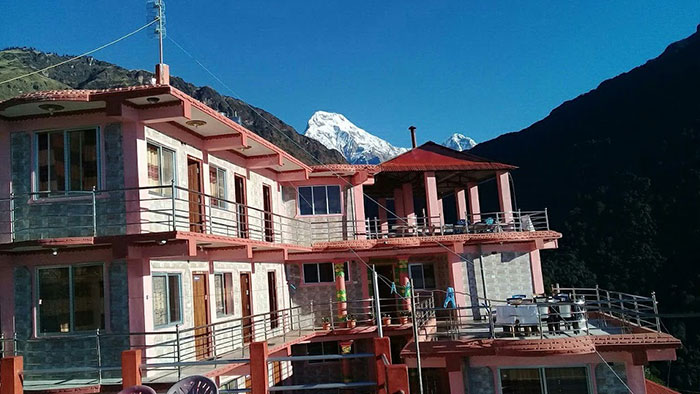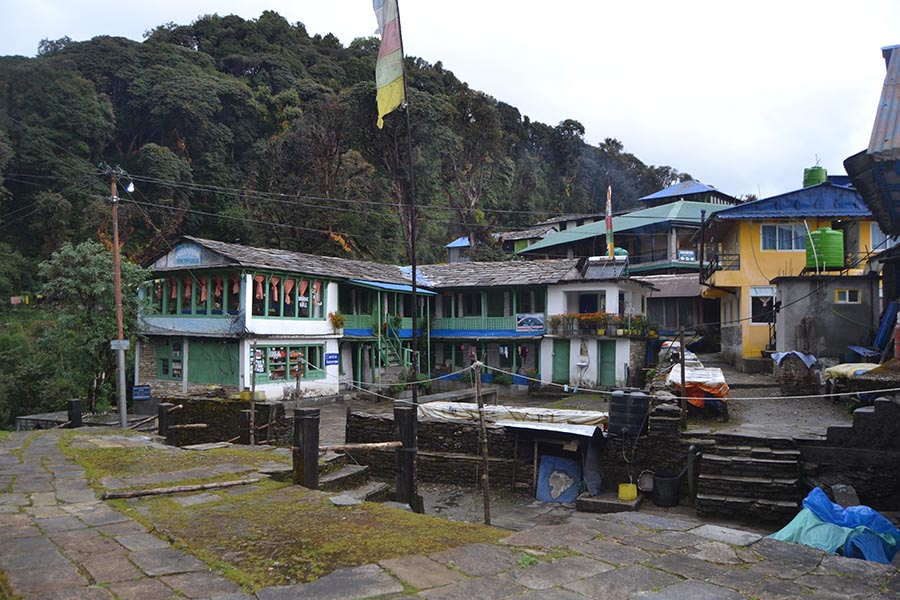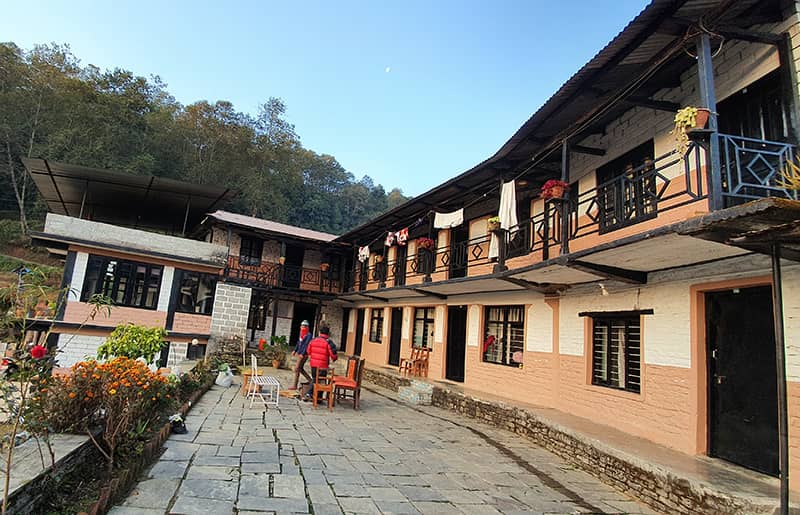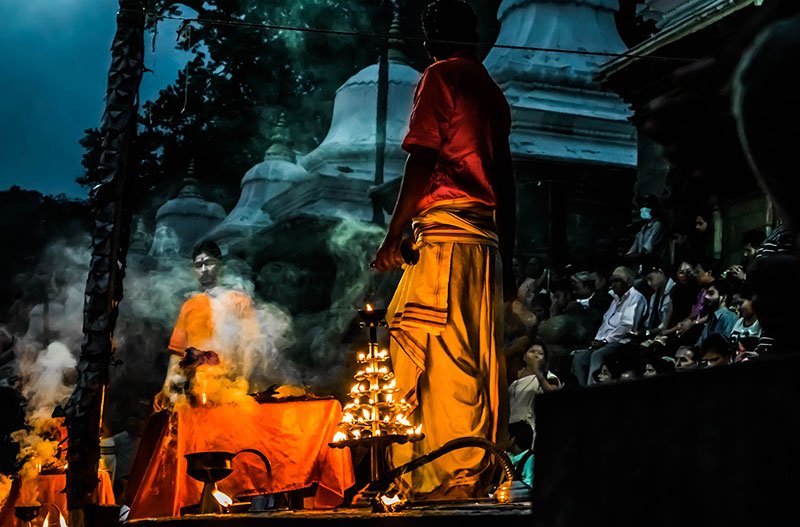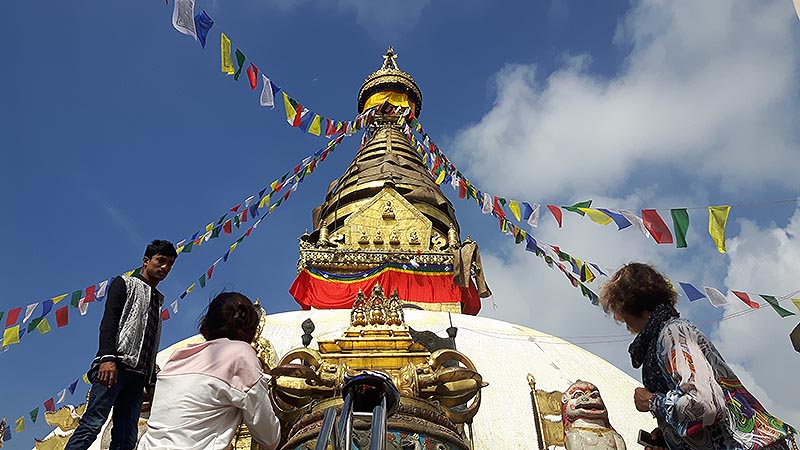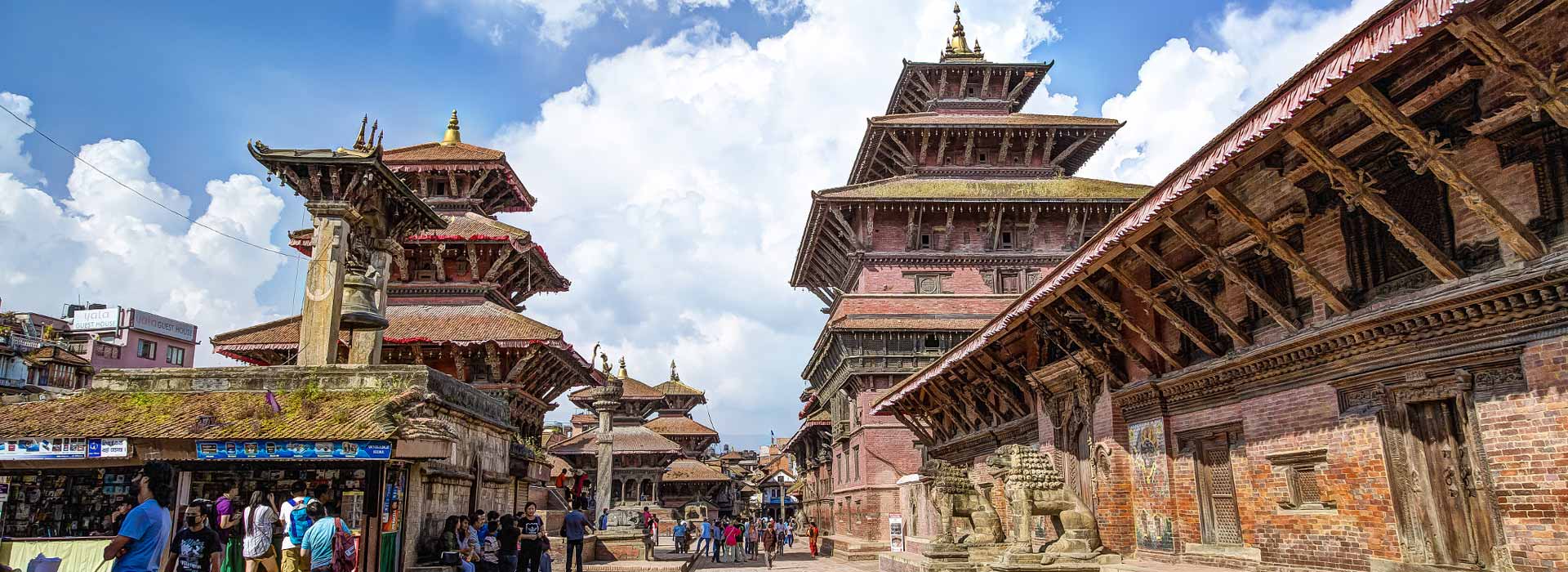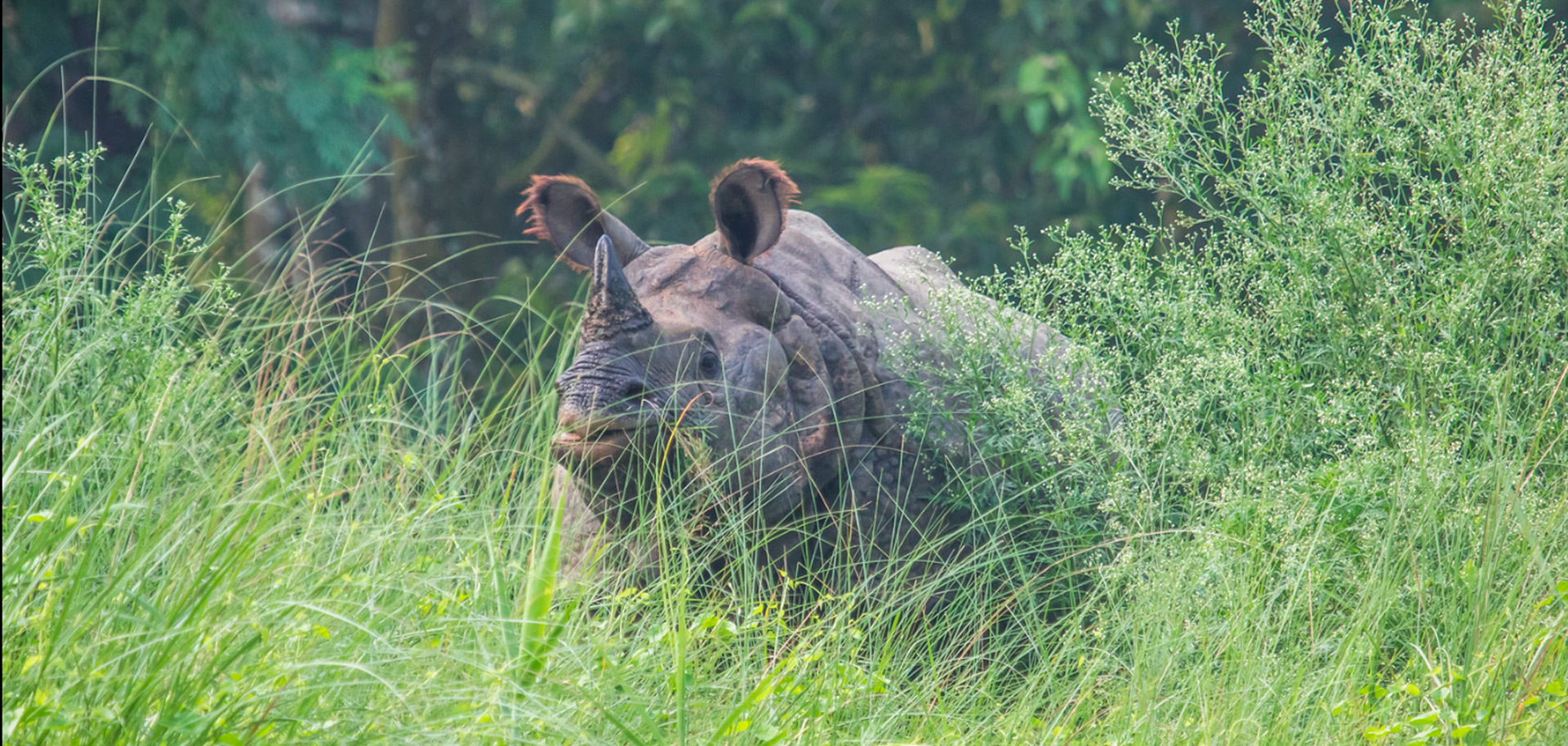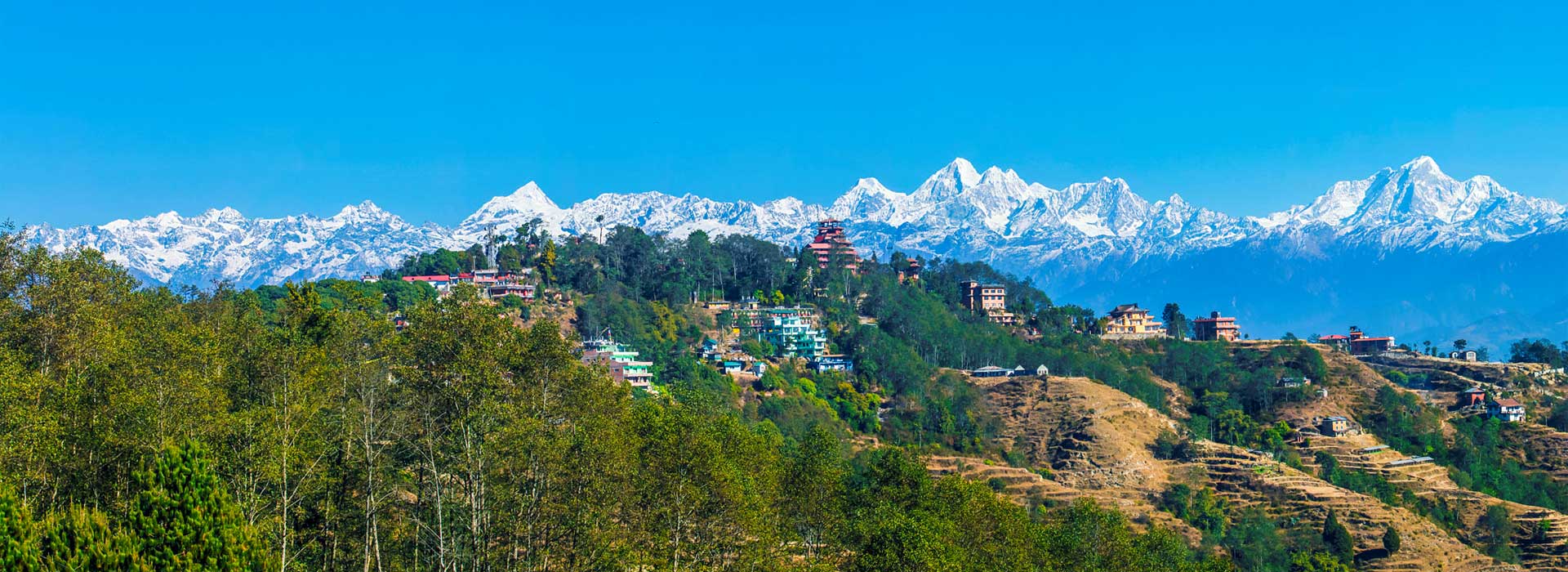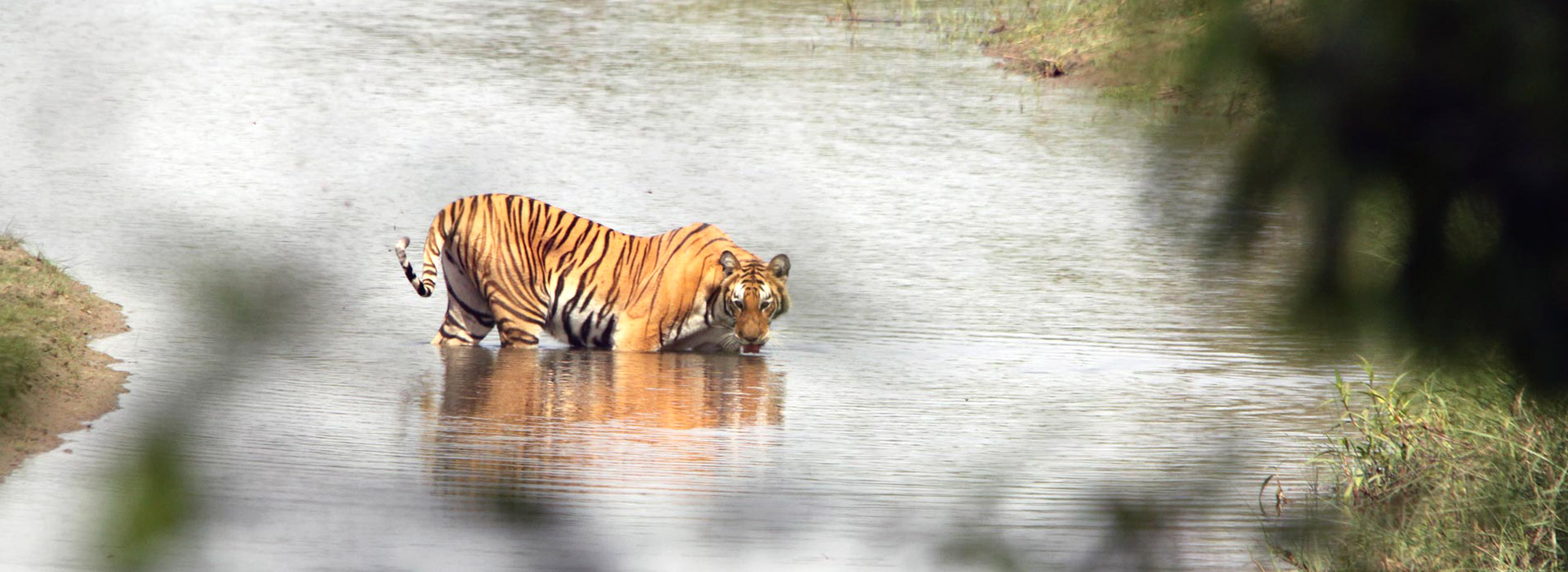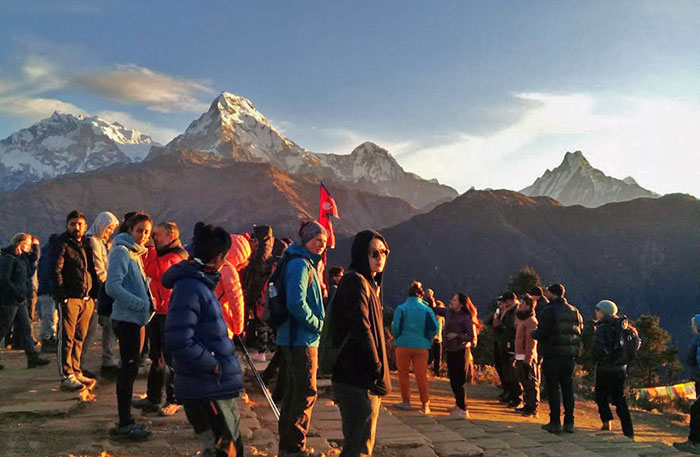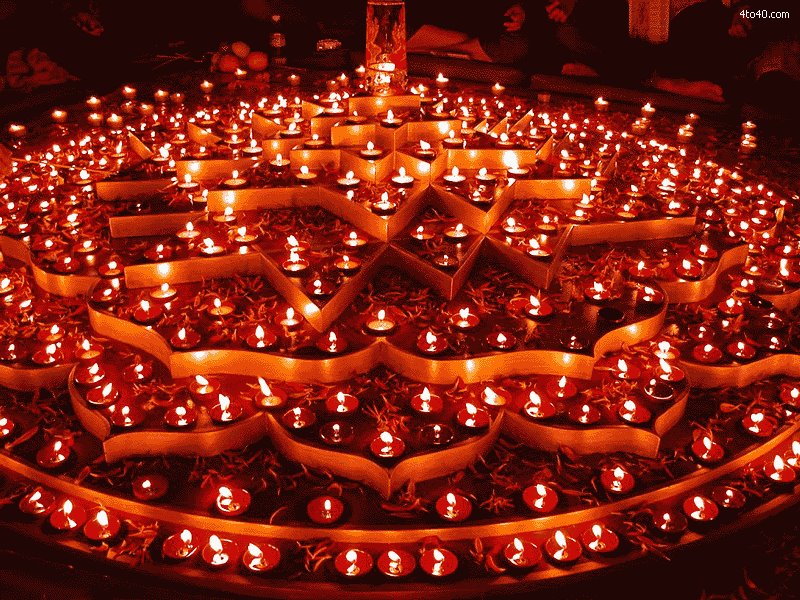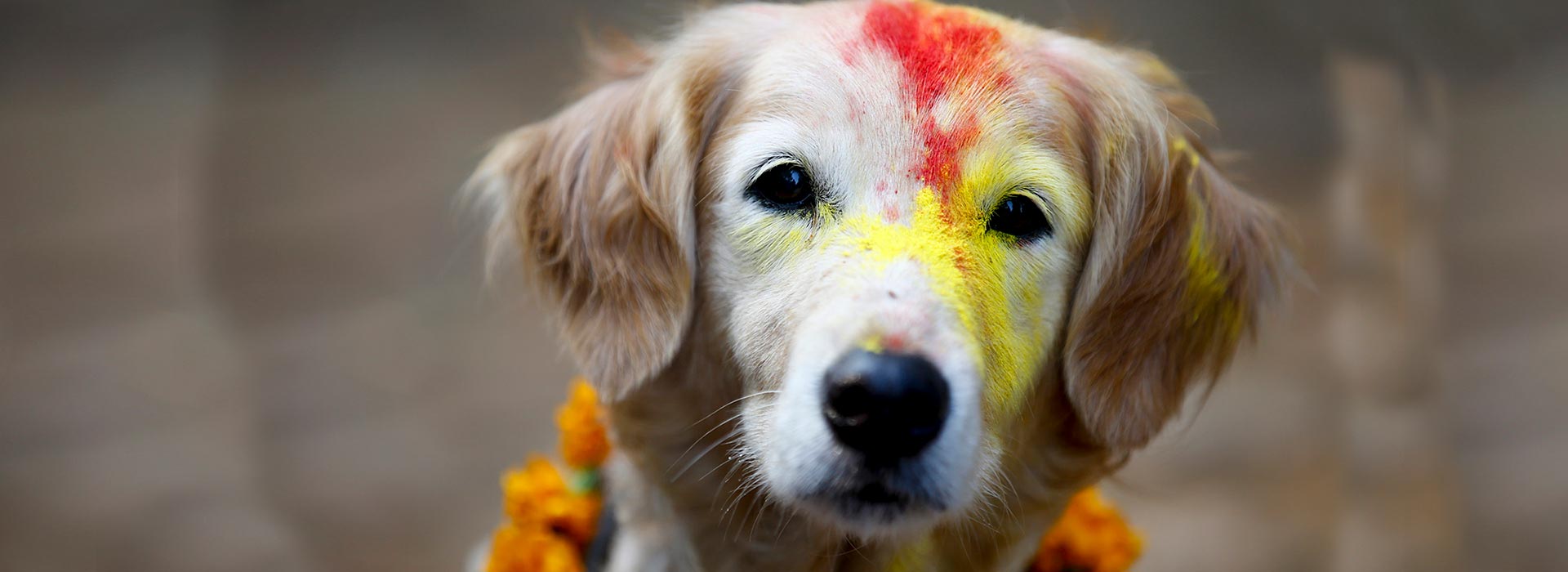Best Souvenir to take home from Kathmandu, Nepal
As a memory, there are many best souvenirs to take home from Kathmandu after your trip here. Nepal maintains its distinct recognition in handicraft production for the last several centuries. The unique and renowned architecture, arts, and crafts contribute to establishing a unique image of the country. The woodcrafts, Metalworks, clothing materials, tea, sculpture, paper made materials are most liked gifts. Similarly, dolls, trekking gear, and jewelry, among others are things of interest for tourists. While traveling to Nepal, the best souvenir to take home may be anything of your interest. The traditional Nepali gift includes handmade products to fine fabrics. The souvenirs are available to buy online.
The souvenir houses in Kathmandu and Pokhara sell and supply such products. Those wonderful gifts from Nepal can be a fantastic present for your near and dear.
The cost of buying such souvenirs may vary on your selection and type of product. The price ranges from uS$5 to US$1000. Sophisticated products, handmade metal products, or carpets are relatively expensive gifts from Nepal. However, you can allocate a smaller budget to keep your wonderful Nepali memory. Here, I present a glimpse of those unique materials for the traveler’s preference.
1. Pashmina
Pashmina, the warm shawls which are also known as Kashmiri, are made from the inner hair of a mountain goat called Chyangra or Capra Hircus. The luxurious Khasmiri Pashmina shawls are popular among tourists since the beginning. You can find varieties of items made from Pashmina that will cost according to the quality, volume used, and the product itself. Including Thamel, the products are available in different tourist sites of Kathmandu valley and Pokhara. You need to be aware of the duplicate products as copy products are also widely sold in the market.
2. Trekking Gears
Nepal produces almost all kinds of trekking and expedition gear inside the country. Besides that, the authorized shops of genuine international brands are also available in the markets of Kathmandu and Pokhara. The local trekking gears are available in better quality at a cheaper price. Most travelers prefer to buy locally made trekking gear. One needs an experienced eye to distinguish the quality of the products.
3. Stone and Beads Jewelry
Stone and Beads Jewelries are the best souvenirs to take home from Nepal. Products like Bracelets, earrings, necklaces, rings and many other items made of beads and stones are popular among tourists. Rudraksha is the most famous among all. The shops in Thamel, Bouddha, Patan, Kathmandu Dubar Square, and Pashupatinath and Lakeside of Pokhara sell the products.
4. Handicrafts as the best Souvenir to take home
Nepali is a country where handicrafts are popular from the very ancient time. Traditionally made goods with hands, look so beautiful, and are used for decorating the houses too. Bhaktapur. Durbar Square, Thamel, and Patan are some places for getting the best handmade items.
5. Tea and spices
Darjeeling tea is one of the most famous tea brands in the world. Eastern Nepal bordering Darjeeling and Sikkim produces a high volume of best quality teas. The teas grown in Ilam and the surrounding of eastern Nepal are often sold under the Darjeeling tea brand. Those tea products are available in different shops in Kathmandu. Including pure tea, other brands of teas mixed with spices, or made of pure spices are more popular among the tourists visiting Nepal.
Organic tea and spices are much loved. If you are fond of Tea, then it is a great place to find your choice of tea as there are lots of varieties. Spices like cardamom, pepper, chilly, cumin, and so forth are the famous spices that people buy. Nepalese Masala tea is very popular among visitors coming to Nepal.
6. Puppet dolls
Puppets of Nepal are unique since they are presented with the masks of different gods and deities. Puppets of lord Ganesh, Bhairab, and Kumari are more popular among others. The poppet dolls are available in the Bhaktapur, Kathmandu, and Patan Durbar Squares. They are locally made and
7. Masks
The carved face mask made of wood is another unique craft available to buy as a souvenir. The cultural and religious festivals and different chariot processions inside Kathmandu valley use the mask during sacred dances. The attractive copies of the masks are sold among the tourist. The masks represent the faces of different Hindu deities like Ganesh, Bhairab, Bhimsen, Durga, and Devi.
8. Singing bowls as the best Souvenir to take home
The Tibetan oral tradition claims the existence of singing bowls dates back to the time of the historical Buddha Shakyamuni (560 – 480 B.C.). The tradition came from India to Tibet, along with the teachings of the Buddha, by the great tantric master Padmasambhava in the 8th century A.D.
Singing bowls produce sounds that invoke a deep state of relaxation which naturally assists one in entering into meditation, the ultimate goal being enlightenment. They are a quintessential aid to meditation and can be found on private Buddhist altars, and in temples, monasteries, and meditation halls throughout the world.
Uses of Singing bowls
In addition to their traditional usage for meditation, singing bowls are used for deep relaxation, stress reduction, holistic healing, Reiki, chakra balancing, and World music. Many people find that the rich blend of harmonic overtones that the bells produce has a direct effect on their chakras.
Playing the bells usually causes an immediate centering effect. The tones set up a “frequency following response” that creates a balancing left/right brain synchronization. Meditating on the subtle sounds of the singing bowl tunes one into the universal sound within and without.
The singing bowls shops are available in tourist sites of the Kathmandu valley.
9. Nepali Fabric – Dhaka
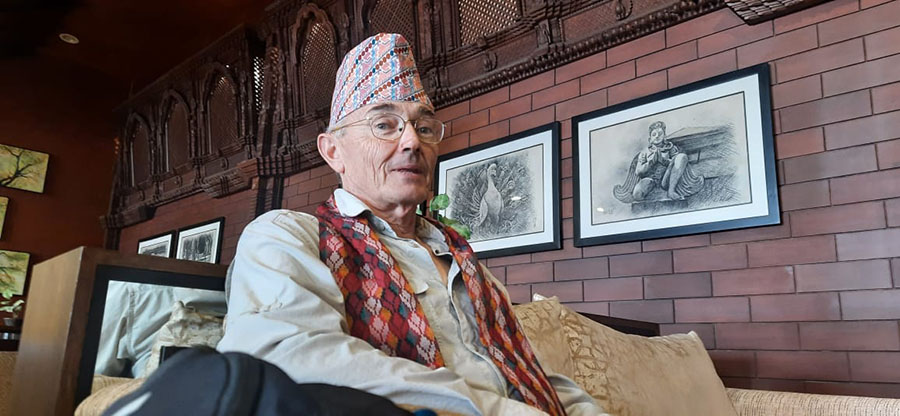
Dhaka is a traditional hand make fabric. It is a unique product of Nepal’s small cottage fabric industries. Its history is back from the 19th Century and gaining popularity in all cultures and around the world. Generations have transferred the art of making Dhaka fabric to another. Nepali traditional Topi (hat) and Scarf, Cholo, Shawl, Coat, and also the bridegroom’s attire use the Dhaka fabric. Modern fashion uses the fabric as fashionable wear as they showcase it in different national and international fashion shows. The Dhaka fabric store is available in the old market of Ason and Bhedasingh.
10. When to go for Souvenir Shopping
The shops around the heritage monument site like Bouddhanath, Bhaktapur Durbar Square, and Patan Durbar Square have dozens of Souvenir shops. They sell authentic goods and items. You can take a short break during the site visit time and check out some. Further, the street of Thamel has numerous shops to buy souvenirs and gifts for you. If you wish, you can take help from your guide to find the authentic shops. You can check some shops nearby during your cultural tours too.
11. Finally “Namaste!” / “Namaskar!”
Namaste is a sacred gesture. You use your two palms to touch each other and place them just in front of your heart to greet the people and forms of gods. Even, Nepali culture suggests doing Namaste whenever or wherever you see even a dead body. Nepali with Hindu culture considers a dead body as a form of “Lord Shiva”. The Namaste Greetings, I honor, respect, recognize and bow to the light in you and me. It is a traditional practice to greet or say goodbye. This is a common practice in Hindu Culture. Many yoga practices, meditations, and prayers use the Namaste pose in the form of a Yoga pose. It holds secret wisdom.
After the spread of Coronavirus, many other countries are starting to use it for greeting.
Benefits of Namaste
- The right pose of Namaste includes a simple bowing of your head, a symbol to surrender the universal energy, god. Accepting the presence of God in the people you meet.
- The Namaste posture is Yogasana believes that while doing Namaste, the tension in the human mind reduces and makes you feel comfortable.
- While doing Namaste, the mind can concentrate. As a result of this, the body can focus on things better.
- The posture of Namaste is suitable to get relief from tension. While doing this, the person will have a feeling of happiness on their face. So, with the smile on his face, it helps to strengthen the relationship between individuals.
- While doing Namaste, you keep your hands in a fixed position, let the wrists and fingers flexible to move, and it is good to hand yoga.
Yoga believes that when the mind and senses bow to the Heart Chakra, body and soul achieve a union. The key, however, is to go deep into the Heart Chakra where the soul glows its life-giving presence, bringing breath and heartbeat to your body.
Therefore, in Hindu culture, the Namaste posture is the suitable one as it can reduce the chances of harm. As it avoids physical contact to reduce viruses that can spread from shaking hands with each other. Nepali culture includes Namaste and every individual practice it.
Take home ‘Namaste’ as the best souvenir from Nepal.

